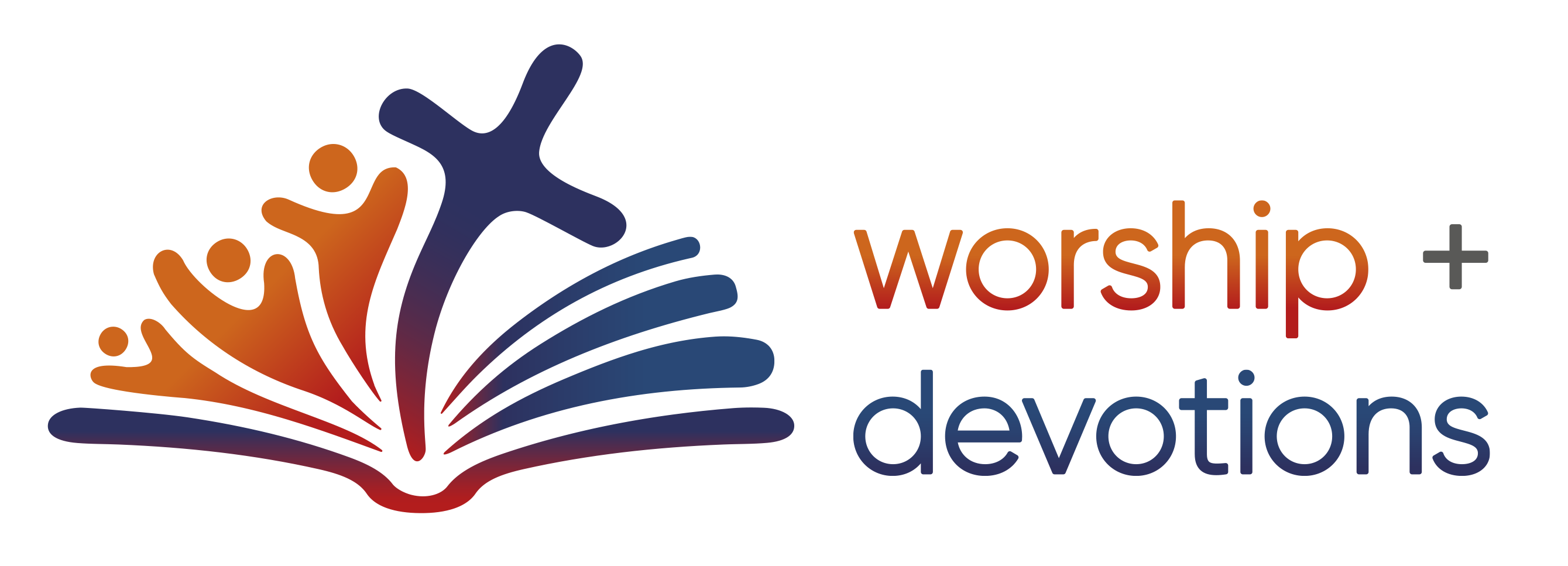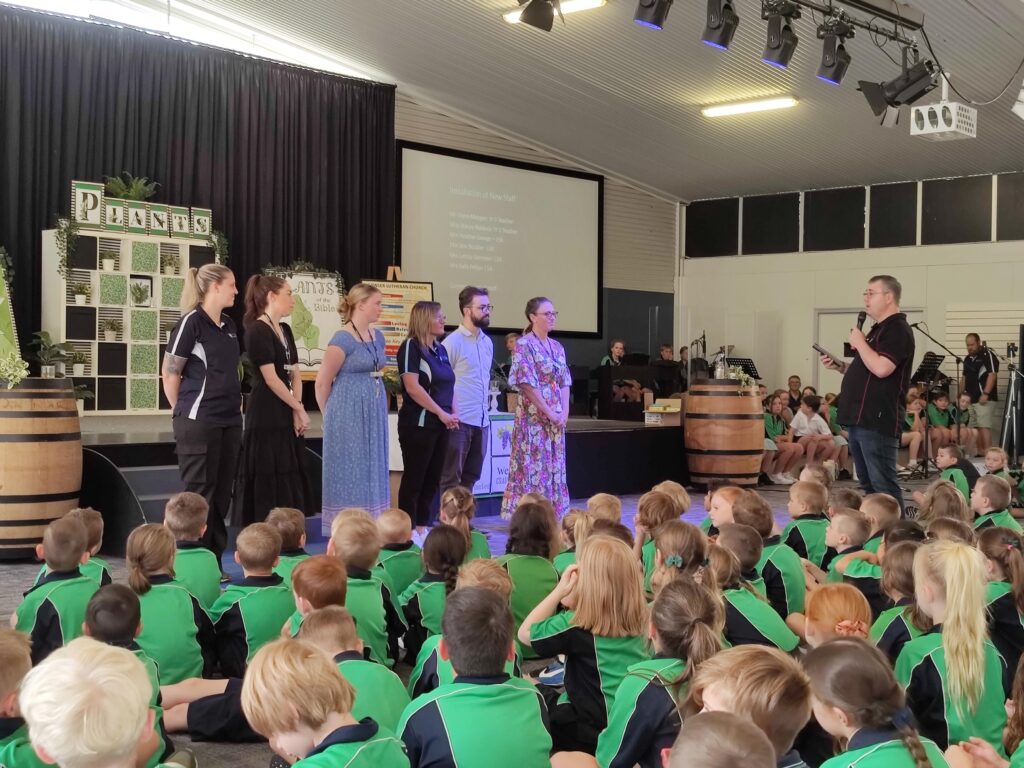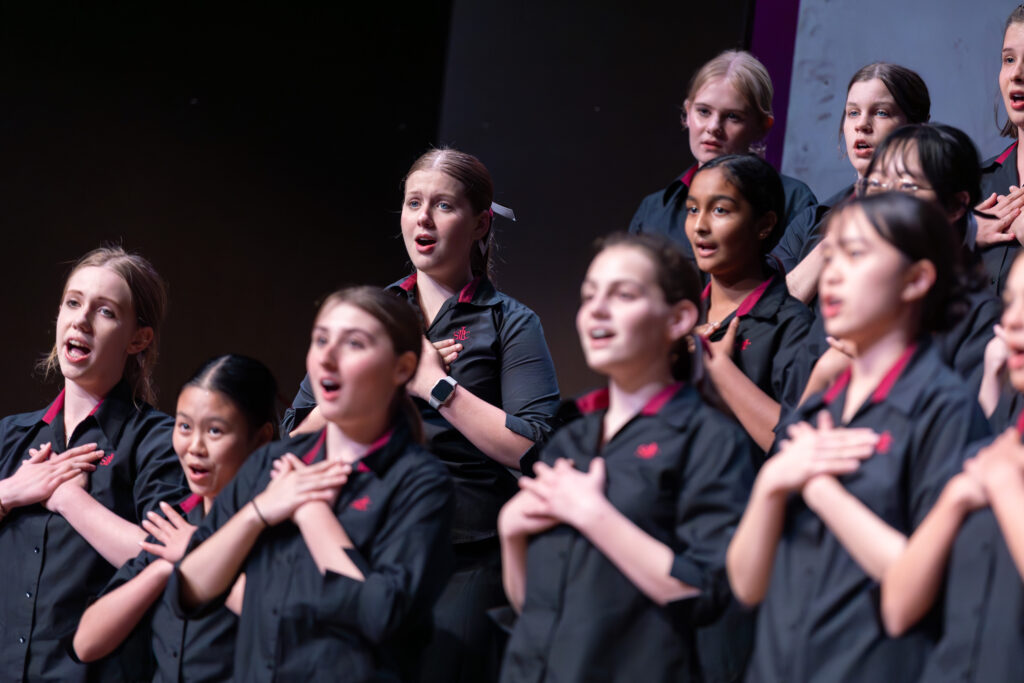Rituals and Routines
Rituals and routines reinforce the key elements of faith and help students focus on worship. They help create the sense of sacred space and time, where the cares of the day can be laid down.
Including rituals into worship and devotions can provide comfort and support for strong emotions, especially in times of loss or change.
On a practical level, simple routines make changes and transitions manageable and help students of all ages understand and follow what is happening.
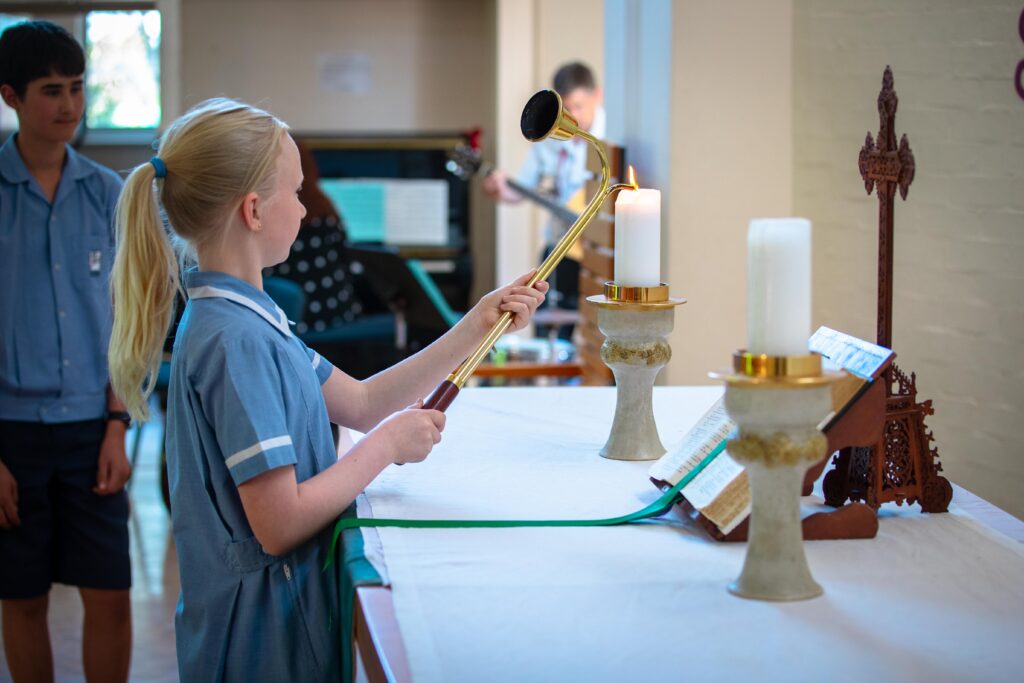
Rituals for specific occasions
Rites are spiritual ceremonies that follow a set pattern. Worship services and devotions are rites in themselves, and each contain several ritual elements (invocation, readings, prayers, blessing, etc.)
As well as the regular worship and devotions, learning communities may use rituals to mark the everyday patterns of life, rites of passage and moments of grief and loss, joy and celebration.
A formal rite (set pattern of speaking and praying) is often used for official or significant occasions in the life of a learning community. Some of these, such as the installation of a new principal, are organised and conducted by the Education Office in each region.
Others may be used by the Principal together with the School Pastor/Chaplain, or as part of worship with a supporting congregation. These include the installation of new staff, the installation of student leaders, and welcoming new families to the learning community. Some sample formats for these are provided on the Special Occasions page.
The school year could begin and end with ritual acts or prayers. In the classroom, small rites for special moments such as losing a first tooth or celebrating a new baby in the family help students feel recognised and realise that God is with them in all the events of their lives.
Seasonal occasions are often associated with special rites, such as the imposition of ashes on Ash Wednesday.
Ritual acts of remembrance or even times of silent prayer followed by a short reading and community prayer can bring comfort in challenging times, as they provide structured support for dealing with difficult emotions. Leaders are encouraged to be sensitive to the needs of staff and students, and to provide opportunities for further spiritual and counselling support for affected individuals.
Candle-lighting
Lighting candles at the start of worship or devotions is an ancient practice. Candles remind us that Jesus is the light of the world, and that when we gather to hear from God, we are entering into a holy space and time.
Even small children can help light candles with supervision, or you may choose to use battery-operated candles for safety’s sake. Having a roster for this small routine is a good way to include quieter or new students in devotions.
While it is fine to quietly light candles before the worship service, you may like to make the candle-lighting process part of a ritual, where the candles are lit either before or as part of the Invocation. You could use set wording for lighting the candles, such as “We light this candle to remind us that Jesus is the light of the world,” or have students light the candle/s as the invocation is read. At the close of the devotion or worship, students may return to extinguish the candles. You may like to have a candle snuffer at hand, to make this easier and a little more hygienic.

Processions
In some learning communities, students and staff may begin worship with a procession. Usually, the cross is brought in first and placed on the altar. Then the Bible could be carried in and placed either on the altar or on the lectern. Finally, the candles could be brought in and placed on the altar before lighting, or the candles already on the altar can be lit. This ritual can be a way to create a sense of occasion and to make it clear that this is now a special time. It might be a good way to make a multi-function space feel more sacred.
Processions can be especially impactful on special occasions like the opening service of the year or the Easter service. At the end of services a recessional (a procession which takes all of the elements back out of the space) may be very impactful for the end of year or graduation.

Spoken prayers and routines
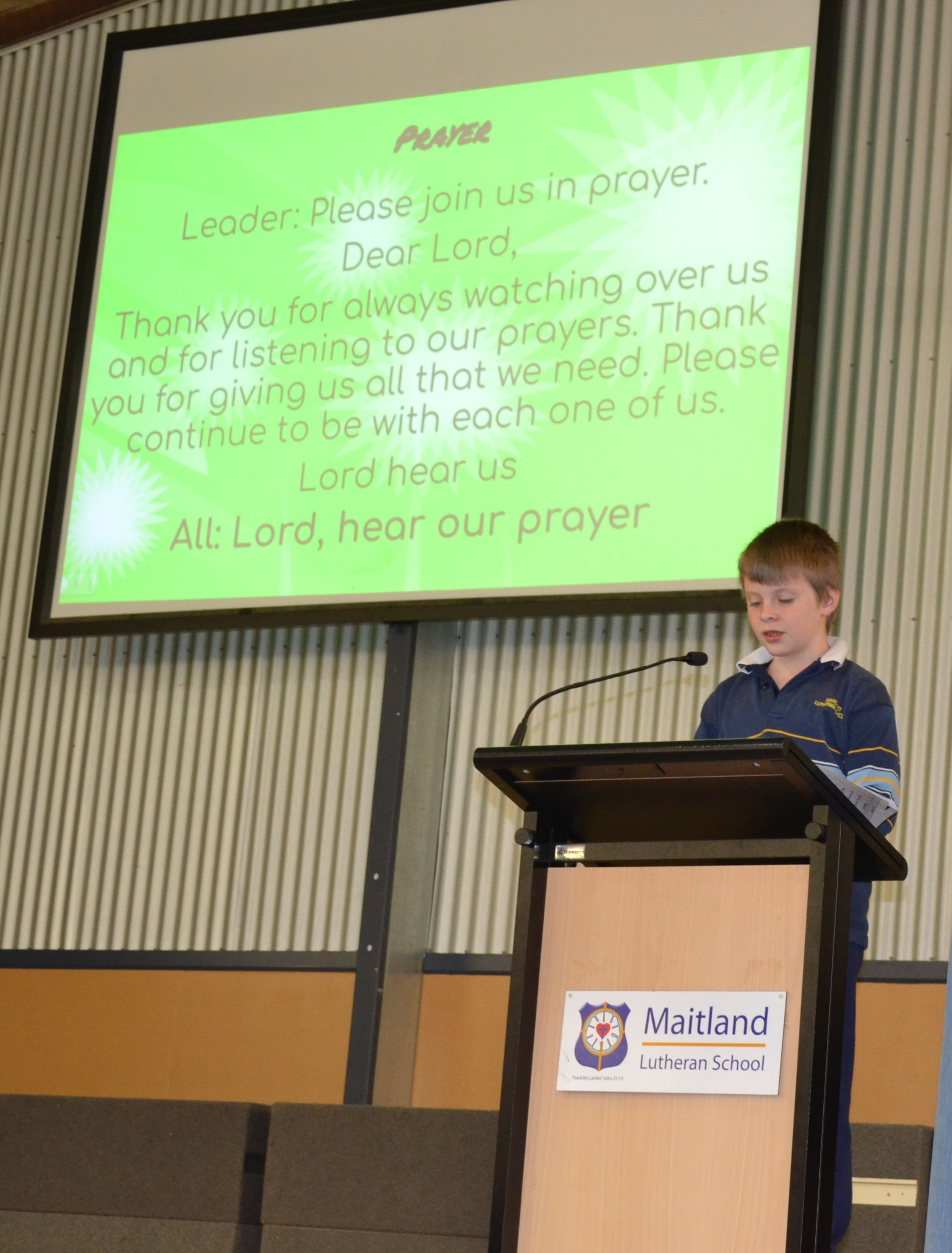
The patterns we follow in worship and devotions bring structure and a sense of calm and comfort. Even small children will begin to learn the words for the Invocation, the Lord’s Prayer etc when they are frequently used at the same point in the devotion or service. Learn some common prayers and include them regularly in devotions and worship, especially the Lord’s Prayer and the Apostle’s Creed.
In addition to the invocations, prayers and blessings (see button below for options and ideas), it is worth considering establishing some spoken patterns in the way different parts of the worship or devotion are introduced. This could include short explanations of what is about to happen, “Now we are going to bow our heads and fold our hands while we talk to God,” or “Let us pray as we prepare to hear from God’s Word,” which act as cues for what is happening. See the service orders for your age band for more ideas.
Using music and sound
Using music or sounds like chiming bells is a good way to attract students’ attention, set a mood and signal that something is about to start.
In devotions, especially with younger students, a repeated song or sound can let students know that it is time to spend time with God. Students may enjoy having responsibility for making this sound (such as ringing bells or a rain stick, or pressing play on the recorded music). Some quiet instrumental music might create a worshipful mood when students spend time in silent prayer or quietly work on an activity.
In worship, you may like to consider having a song or instrumental music playing as students gather for worship or as they leave. This could either be something calm and reflective, or it could be a key song which is sung during worship. If you are running a theme for the term, consider choosing a ‘theme song’ which students hear each week as they arrive which sums up the key ideas of the theme.
Movement-based routines and rituals
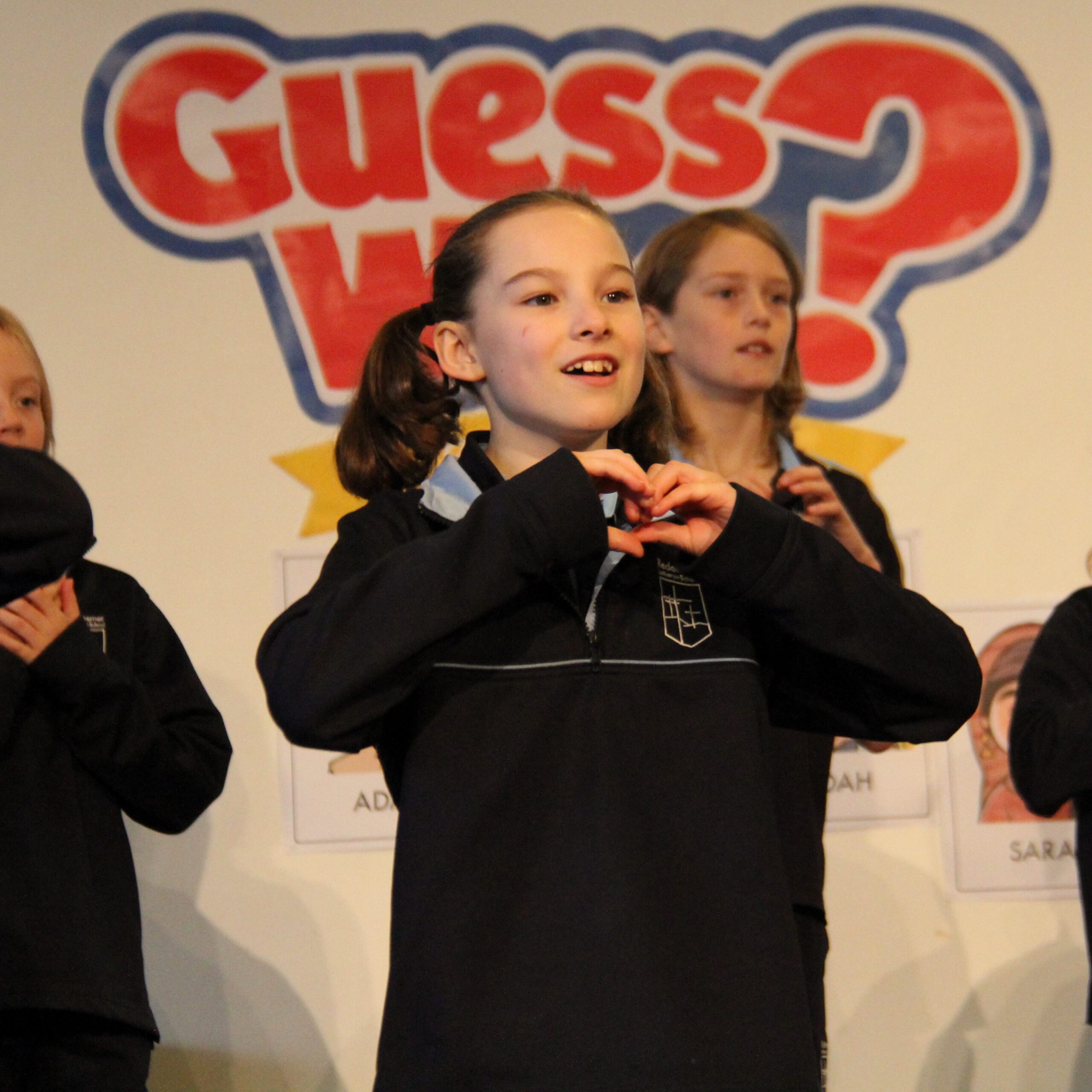
We worship with our whole selves, mind, spirit and body. So it makes sense that moving our bodies can help enhance worship by helping us focus, adding a layer of extra meaning and helping us to express our response to what we are hearing. This can include dancing and clapping along to music in worship or devotions. It can also include small routine movements and postures which add to the regular rhythm and routine of our worship.
Prayer Posture
Traditionally, people have prayed using their bodies to reflect the awe and humility they feel when talking to God. In the early church, this often meant prostrating oneself – lying face down on the floor. Later, people chose to kneel in prayer, either directly on the floor or on special low benches. Most commonly these days, people simply bow their heads, and they may also fold their hands. Small children may like to close their eyes and put their hands palms together as in this picture.
While taking on a prayer posture is not essential, it can be a way of both acknowledging our humble approach to the King of Kings, and also of shutting out distractions to focus on listening to what God has to say.
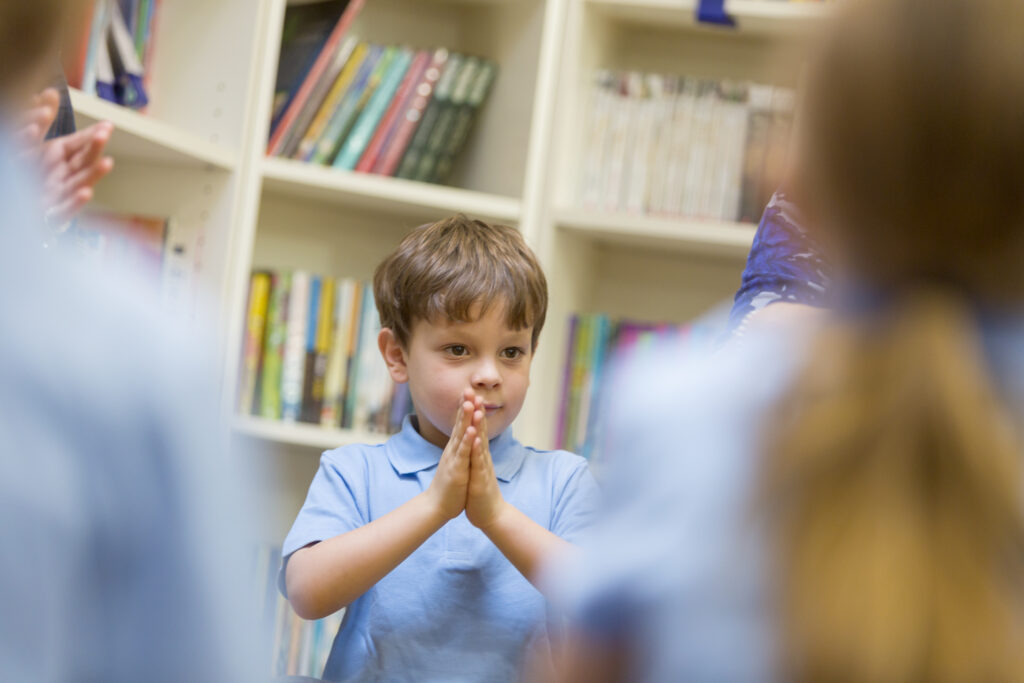
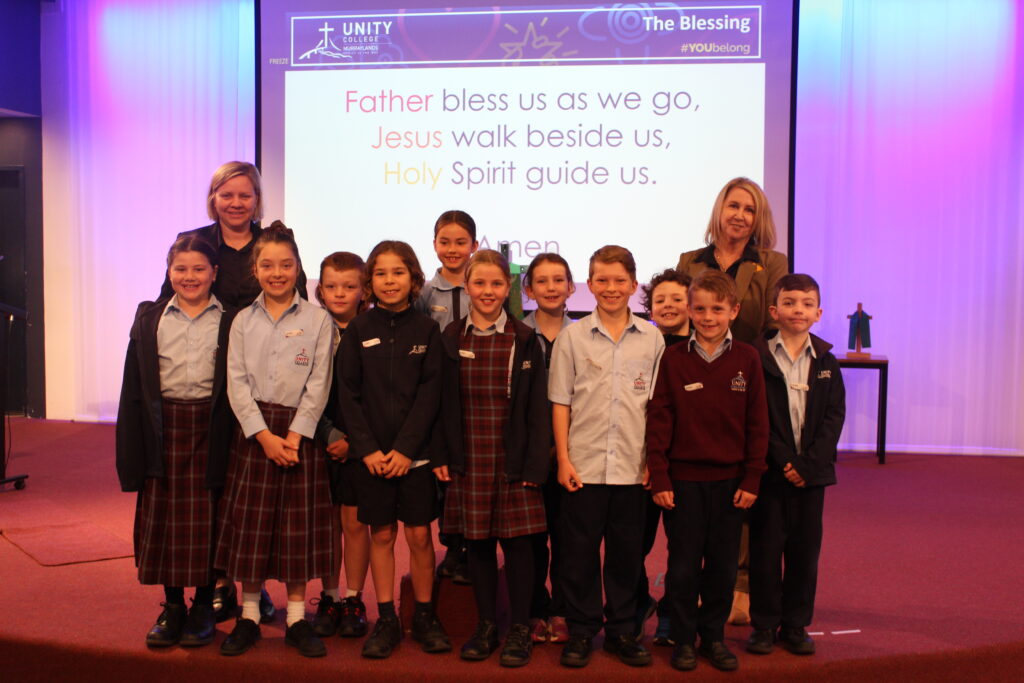
Blessing
You might like to encourage students and staff to bless each other at the end of the worship time. Use simple words, and include a simple gesture like making a cross on each other’s forehead or arm, or in the air near these areas. This can be done with the edge of the thumb gently moving from top to bottom then left to right.
The worship leader may choose to make the sign of the cross during the invocation or when giving the blessing at the end of the service.
